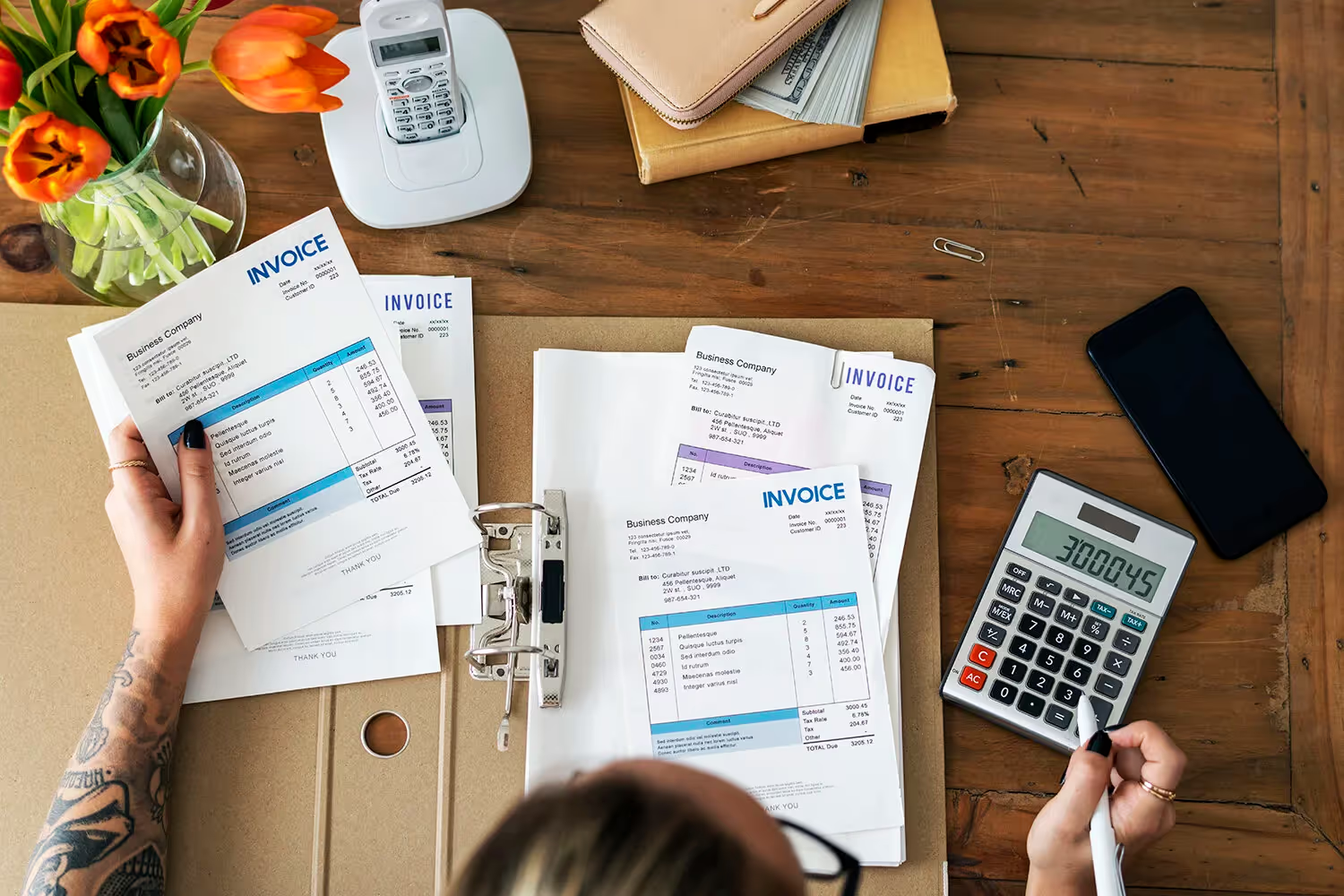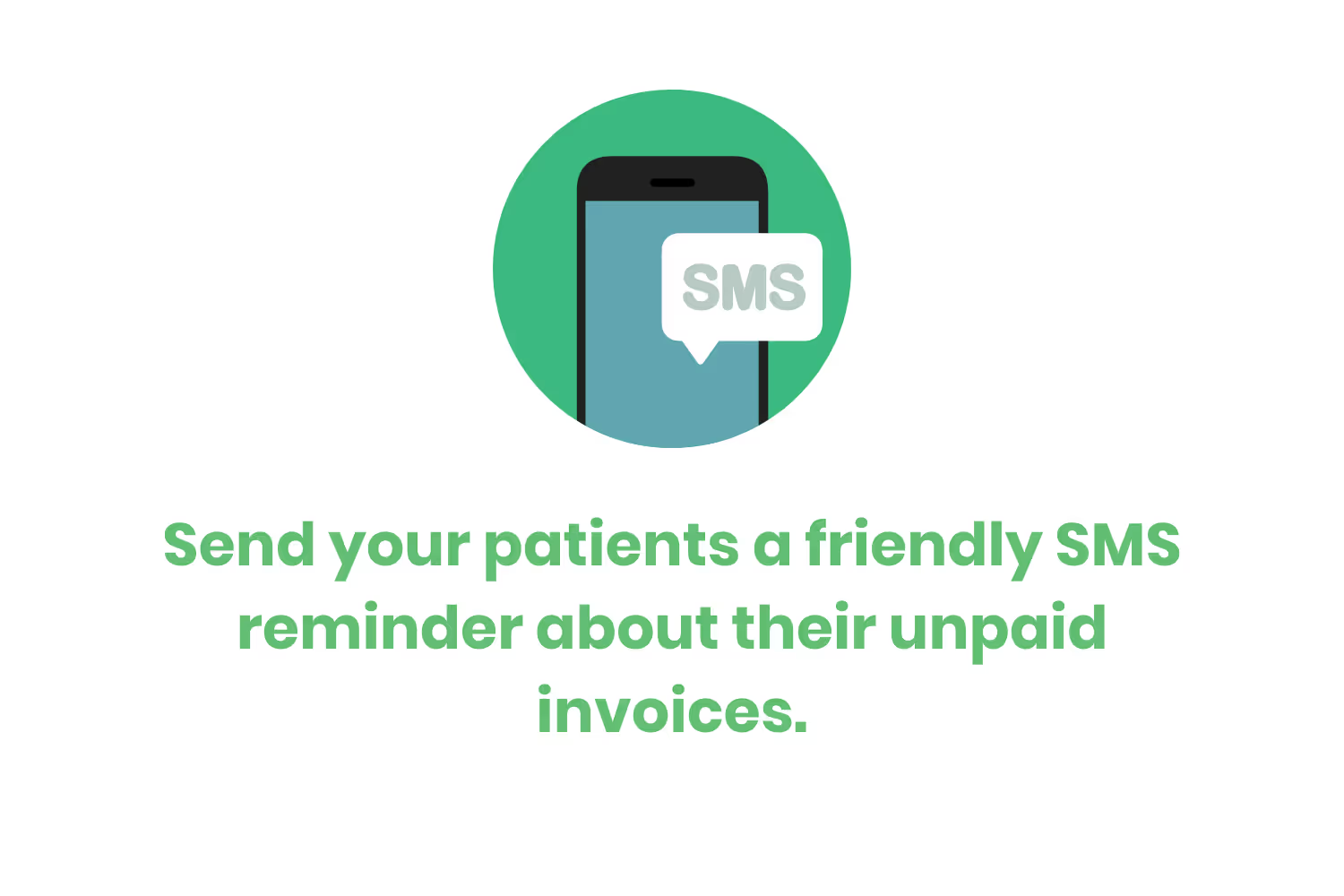How to Solve Common Collecting Money From Patient Scenarios
Let’s walk through and break down the best ways to collect payment from different patients.

There are four basic personas when it comes to patients and their statements.
The first scenario involves the patient that wants to do the right thing. They’re on top of all their bills and just need some directions as to how they should pay.
This is the most ideal scenario and will cost your organization the least amount of money since you’ll really only need to send one or two collection letters.
The second scenario involves the forgetful busy bee. Families are busy and they have many activities that keep them occupied. When this happens, it’s easy to forget about unpaid balances.
In the event of this scenario occurring, a little bit of creativity in your collections process goes a long way. In this case, digital reminders via SMS or email may do the trick.
The third scenario has to do with the many people who have financial difficulties. Some people live paycheck to paycheck. Therefore, your patient could be waiting to get paid in order to pay the invoice from your organization.
The fourth scenario is the toughest one of all to mitigate the situation. It involves a patient that has no intention of paying the bill they owe you. Should you just keep reminding them? Should you send them to collections? Or should you let the situation go and take the loss?
Let’s walk through and break down the best ways to collect payment from different patients.
Scenario 1: They want to pay and are waiting for instructions
Let’s say that a patient is trying to pay their bill but gets a little lost in the process. Let’s go through some of the options the patient has to pay their bill.
The first option would be to mail a check to the doctor’s practice.
From your point of view, you would need to send a statement in the mail that includes the invoice information and a return letter. The return letter already has paid postage, reducing the excuses to mail it. All that the patient would need to do is to put their check into the provided return envelope and put it in the mailbox.

The second effective way to collect from this type of patient is via online payment.
Your practice probably has a patient portal since it’s the 21st century. Hopefully, the revenue cycle organization you outsource to has presentment capabilities that list your patient’s invoices, including a button for payment. These are convenient because all your client has to do is click the button, fill out the debit card or credit card information, and voila! Statement paid.
Scenario 2: They forgot about their bill
Everyone is busy these days. Between work, doctor visits, softball practice, or music lessons, the average parent probably feels like a chicken running around nonstop.
If your patients feel like they’re rushing from activity to activity without taking a breather, they probably just forgot about the money they owe your organization.
How do you get their attention to inform them that they have an unpaid statement?
Easy! Technology!
Pretty much everyone under the age of 50 has a cellphone when they’re out and about. So send them a friendly payment reminder text message informing your patient about their balance.

Include the name of your practice, the statement information, when the statement is due (or was due), and some links. These links could be a payment portal, a phone number to call, or a website to visit.
This way, your patient can pay their statement while at that softball game or waiting for the music lesson to finish. Piece of cake.
Another option would be to send your patients a friendly payment reminder email. Include the same information of course, but be more elaborate and include more details about their bill. In this way, someone could easily check their email during their lunch break and they can pay right away.
Of course, you use the tactics described in Scenario 1 as well, but if your patient is so busy that they forgot about their bill, then a digital reminder might be the best method of communication.
Scenario 3: Money's tight and they need their next paycheck
Let’s face it. In a world that’s recovering from a global pandemic, many people are on a tight financial budget. Some people who’ve never had financial difficulties are now living paycheck to paycheck.
One way some people cope with financial struggles is to take life one step at a time. In this case, it might be more like one bill at a time.
For this reason, it’s important to use a friendly tone in any form of communication involving the topic of an unpaid invoice. You need to make it clear that you’re not upset with the patient and understand that they may be experiencing difficult times.

It’s also important that you give your patients the option to communicate their situation with your practice. Maybe they’re just waiting for their next paycheck that will occur at the end of the month. Or maybe your patient needs to pay in four smaller installments over a payment plan.
Be friendly and transparent so that your patients are more willing to disclose such sensitive topics, allowing you to work with their situation instead of against their dilemmas.
The best way to achieve friendly communication is to include a phone number to call in any of the notification methods described in the previous scenarios. Whether mail, email, text, or another format, make sure the phone number linked in the message connects to an actual human being and not an automated answering machine.
Just make sure that you leave a HIPAA-compliant voicemail if the patient you’re calling doesn’t pick up.
Scenario 4: They refuse to pay and are ignoring your messages
Not everyone does the right thing. The reality is some of your patients don't want to pay their statements and let their debt fester for years.
Obviously, you can’t let that happen. You worked hard to help this patient with their health. You spent time and resources to help them. Thus, they’re obligated to pay for the services you rendered.
Make sure that this patient has received notice that their statement is past due. Depending on how long ago the invoice was due will affect the tone and the information in the letter.
If push comes to shove, you could always send them to collections. But let's not get too hasty yet.

Before you have to take that drastic step, notify the patient that you’re going to have to send them to collections. The tone in this letter should communicate the severity of the situation.
Inform the patient that the collection process is a headache. Let them know that the process will affect their credit score, and will therefore affect any major purchases in the upcoming future.
If the threats and laundry list of consequences don’t scare the patient into paying their invoice, especially after months of ignoring their overdue account, then you may have to send them to collections. Some people are just stubborn and there’s really nothing you can do other than the collection process.
Conclusion
At the end of the day, you need to get paid. You need to collect your revenue from your patients and insurance agencies.
Collecting from insurance agencies is a battle we will cover another day. Hopefully, the four scenarios we covered above will help you with your patients and the payment process.
As you can see, you can encounter many situations involving patients, their invoices, and your bottom line. Each situation involves a different solution and a different amount of effort.
Some people want to pay their bills. Others will ignore your letters and will avoid paying their bills for as long as possible. Sometimes people are just really busy and other times they delay payment because they have financial hardships.
The best way to collect payments from patients is to go through all of the possible situations and come up with a plan of action. We have given you four situations and some resources to help you take action. It’s now up to you to follow through.
Emphasize your product's unique features or benefits to differentiate it from competitors
In nec dictum adipiscing pharetra enim etiam scelerisque dolor purus ipsum egestas cursus vulputate arcu egestas ut eu sed mollis consectetur mattis pharetra curabitur et maecenas in mattis fames consectetur ipsum quis risus mauris aliquam ornare nisl purus at ipsum nulla accumsan consectetur vestibulum suspendisse aliquam condimentum scelerisque lacinia pellentesque vestibulum condimentum turpis ligula pharetra dictum sapien facilisis sapien at sagittis et cursus congue.
- Pharetra curabitur et maecenas in mattis fames consectetur ipsum quis risus.
- Justo urna nisi auctor consequat consectetur dolor lectus blandit.
- Eget egestas volutpat lacinia vestibulum vitae mattis hendrerit.
- Ornare elit odio tellus orci bibendum dictum id sem congue enim amet diam.
Incorporate statistics or specific numbers to highlight the effectiveness or popularity of your offering
Convallis pellentesque ullamcorper sapien sed tristique fermentum proin amet quam tincidunt feugiat vitae neque quisque odio ut pellentesque ac mauris eget lectus. Pretium arcu turpis lacus sapien sit at eu sapien duis magna nunc nibh nam non ut nibh ultrices ultrices elementum egestas enim nisl sed cursus pellentesque sit dignissim enim euismod sit et convallis sed pelis viverra quam at nisl sit pharetra enim nisl nec vestibulum posuere in volutpat sed blandit neque risus.

Use time-sensitive language to encourage immediate action, such as "Limited Time Offer
Feugiat vitae neque quisque odio ut pellentesque ac mauris eget lectus. Pretium arcu turpis lacus sapien sit at eu sapien duis magna nunc nibh nam non ut nibh ultrices ultrices elementum egestas enim nisl sed cursus pellentesque sit dignissim enim euismod sit et convallis sed pelis viverra quam at nisl sit pharetra enim nisl nec vestibulum posuere in volutpat sed blandit neque risus.
- Pharetra curabitur et maecenas in mattis fames consectetur ipsum quis risus.
- Justo urna nisi auctor consequat consectetur dolor lectus blandit.
- Eget egestas volutpat lacinia vestibulum vitae mattis hendrerit.
- Ornare elit odio tellus orci bibendum dictum id sem congue enim amet diam.
Address customer pain points directly by showing how your product solves their problems
Feugiat vitae neque quisque odio ut pellentesque ac mauris eget lectus. Pretium arcu turpis lacus sapien sit at eu sapien duis magna nunc nibh nam non ut nibh ultrices ultrices elementum egestas enim nisl sed cursus pellentesque sit dignissim enim euismod sit et convallis sed pelis viverra quam at nisl sit pharetra enim nisl nec vestibulum posuere in volutpat sed blandit neque risus.
Vel etiam vel amet aenean eget in habitasse nunc duis tellus sem turpis risus aliquam ac volutpat tellus eu faucibus ullamcorper.
Tailor titles to your ideal customer segment using phrases like "Designed for Busy Professionals
Sed pretium id nibh id sit felis vitae volutpat volutpat adipiscing at sodales neque lectus mi phasellus commodo at elit suspendisse ornare faucibus lectus purus viverra in nec aliquet commodo et sed sed nisi tempor mi pellentesque arcu viverra pretium duis enim vulputate dignissim etiam ultrices vitae neque urna proin nibh diam turpis augue lacus.




